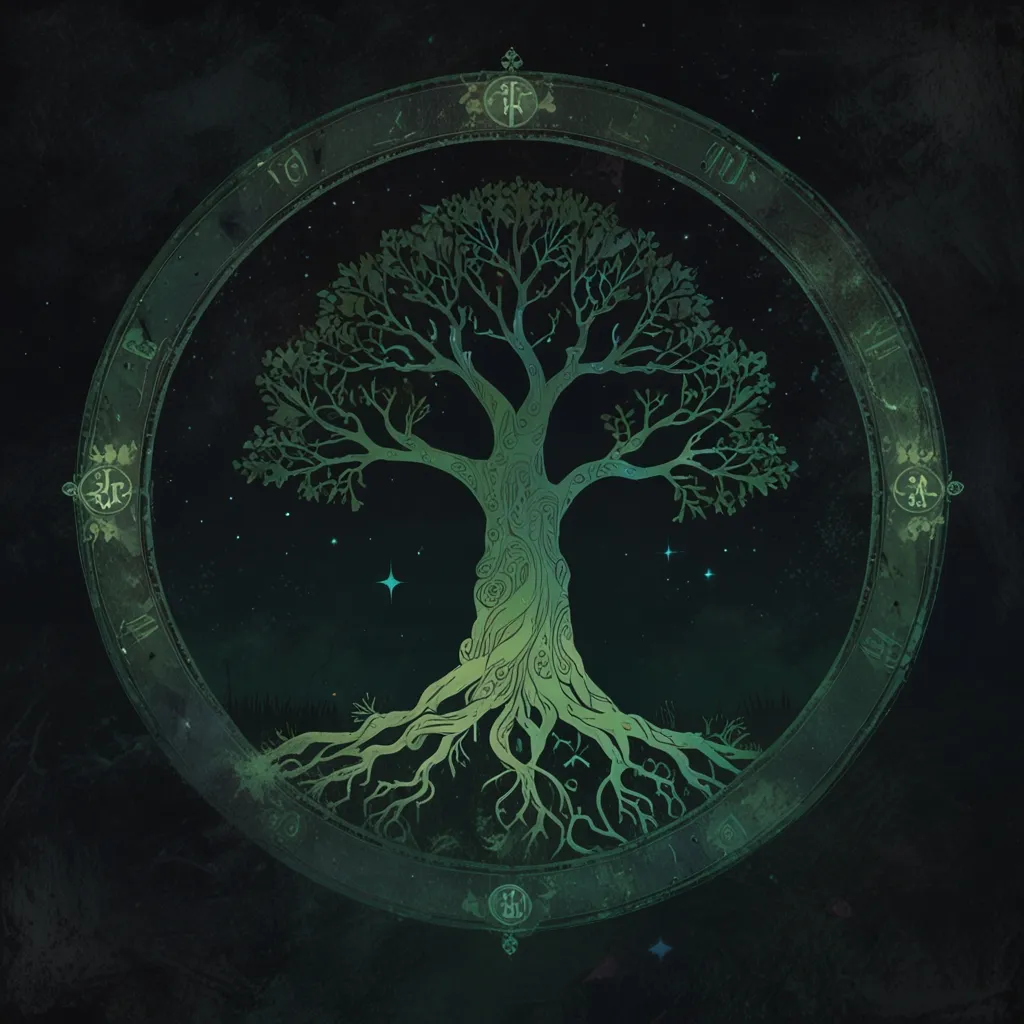In the heart of Hinduism, there’s a deep-seated respect for nature that goes way back to the ancient Vedas. These sacred texts aren’t just about spiritual and philosophical musings but are packed with insights on how to nurture and keep our environment healthy.
The Vedas paint this beautiful picture of a universe where everything – from tiny pebbles to giant trees and humans – is connected. This viewpoint holds that nothing stands alone and that we, as conscious beings, have a responsibility towards nature. It’s not simply about following a trend but developing a genuine emotional connection with the natural world. Imagine looking at everything with a friendly eye and feeling the natural world doing the same in return.
In these texts, five foundational elements are highlighted: Earth, Water, Air, Fire, and Space (or Ether). These elements form the core of all life, and humans are urged to conserve them diligently. For instance, the Rig Veda mentions how these five elements make up the universe, essential for all forms of life. Other Vedas like Yajur Veda and Atharvana Veda emphasize treating the Earth with reverence, akin to honoring a mother.
Water, in particular, is likened to the milk of Mother Earth. It supports growth and brings purity. Rivers are seen as life-giving power sources, symbolizing dignity. The Vedas push for keeping the environment free of impurities through Yagnas – sacrificial fires. These aren’t just rituals but also a way to connect with and appease the natural forces, making sure our environment stays healthy.
Yagnas have a significant role in maintaining environmental balance. They’re meant to purify the air and keep nature in a healthy state. The idea is that by conducting these rituals, people ensure that human activities don’t mess with nature’s harmony.
Another cornerstone of Vedic philosophy is Ahimsa, or non-violence. This principle stems from the belief in karma and rebirth, suggesting that souls might return in any form of life. This belief fosters a profound respect and care for all living creatures, opposing the unnecessary killing of animals for human needs. It’s a reminder that exploiting nature is both unjust and sacrilegious.
The later Hindu scriptures, like the Puranas, take this respect for nature further. They teach that every tree has its own deity, encouraging people to protect these natural resources. For instance, the Narsingh Purana portrays trees almost as divine, while the Varaha Purana stresses that planting trees can lead to heavenly blessings. The Matsya Purana goes as far as equating planting a single tree to leaving a legacy of ten sons.
Hindu teachings also illustrate evolution through divine incarnations – starting from fish and progressing to humans. This indicates that humans evolved from simpler life forms, linking us to every other creation. It reinforces the idea that we should live in harmony with nature.
Morality in Hinduism is tightly bound to environmental stewardship. Exploiting nature is seen as immoral. Different animals and birds are associated with various gods and goddesses, leading to their worship and protection. This isn’t just a religious duty but a lifestyle that promotes the well-being of all living beings.
The Bhagavad Gita, another essential Hindu text, underscores the need to protect our ecology. It outlines how life depends on rain-fed food, which in turn depends on the balance maintained by Yagnas. If someone doesn’t contribute to this cycle, they are seen as destroyers of life. The Gita also mentions the Moon’s crucial role in life’s cycles, affecting tides and thereby the movement of liquids on Earth. This highlights the need to preserve the whole ecological system.
Now, in today’s context, where environmental issues are widespread, these Vedic teachings offer valuable lessons. They emphasize the interconnectivity of life, the sacredness of all living beings, and the necessity of living in harmony with nature. Embracing these principles could guide us toward sustainable living.
Take the Chipko Movement, for example. Women hugged trees to stop them from being chopped down, demonstrating modern Hindu environmentalism. This act of defiance is deeply rooted in age-old practices – like offering water to trees and wrapping them with sacred threads – which protect nature and foster community spirit.
Hindu scriptures provide a richly detailed framework for environmental care. By seeing divinity in nature and acknowledging our interconnections, these teachings push for living in harmony with the natural world. These aren’t just religious rules but practical advice for sustainability. They emphasize preserving nature’s balance for the greater good. Revisiting these ancient wisdoms can offer the moral and philosophical foundation we need to tackle today’s environmental challenges effectively.
So, as we navigate the tricky waters of modern environmental crises, we can look to these age-old teachings. They provide a holistic and balanced approach to living sustainably, respecting nature, and ensuring that the planet remains vibrant for future generations.






